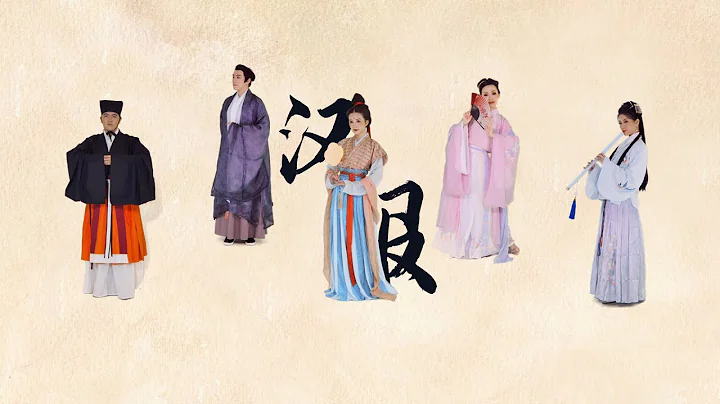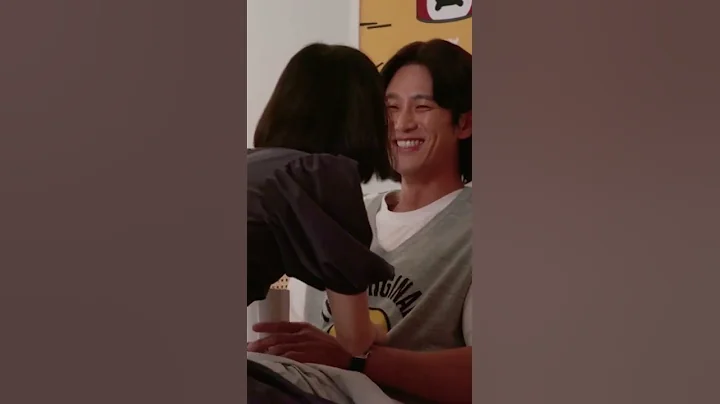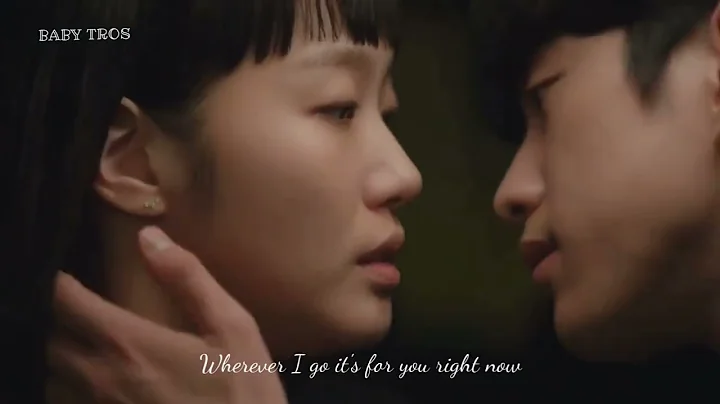caused a stir a while ago. The reason was that the style of illustrations in textbooks did not meet the public's aesthetics, which aroused the entire network's attention to cultural education. The
unexpected illustration controversy has just ended, and the online drama " My name is Liu Jinfeng " caused public outrage as soon as it was aired. It was boycotted and criticized by countless netizens: is full of Japanese pirate style!

"My name is Liu Jinfeng" is adapted from "Queen Liu Heipang", which is a costume drama with Chinese history as the background.
However, in this drama, from the emperor and queen to the ministers, all the clothes worn by the characters are ancient Japanese costumes. It has become a costume drama set in ancient Chinese history but used to promote Japanese culture.
1. The heroine, Queen Liu Jinfeng, has the same clothing style as the Japanese kimono.

Japanese kimono evolved from the clothing of Tang Dynasty , but its style has obvious characteristics: kimono cutting has almost no curves and is almost entirely composed of straight lines, which is a typical flat cutting style.
The kimono also has a 20cm slit at the collar, which is convenient for folding the excess part.
Although the kimono was inherited from the Tang Dynasty, it has been improved and become Japan's national costume, which is of great symbolic significance.
Although modern Japanese do not usually wear kimonos, they still wear them on weddings, festivals, temple fairs and other occasions. Kimonos have obviously become one of the synonyms of Japan.
When someone sees a kimono, no one will think of the Tang Dynasty, but will only subconsciously think of Japan.
For example, in February this year, when a woman wearing a Japanese kimono was visiting Erhai Lake in Dali, she was seriously asked by the staff to leave the scenic spot.

The reason is very simple. This is China and Japanese kimonos are not allowed to enter the scenic spot.
Although this woman confidently stated that she has personal freedom in whatever clothes she wears and refuses moral kidnapping, the vast majority of netizens said:
They can accept Japanese animation and Japanese cars, but they cannot accept kimonos because kimonos are A symbol of Japanese culture!
The queen of China wears a Japanese kimono, it’s incredible!
2. The male protagonist, Emperor Duan Yunzhang, is not wearing a dragon robe with a dragon pattern, but a Japanese costume with a Japanese cherry blossom pattern.

The patterns of Japanese clothing have a special characteristic. They are not as full and grand as the Tang Dynasty clothing patterns, but are flatter and have a single color.
Some netizens pointed out that this is a Japanese hunting suit , which is the casual clothing of Japanese officials. For example, the very famous Japanese Onmyoji Abe Seimei is wearing a Japanese hunting suit!

Sari clothing is the casual clothing of ancient Japanese official men. Although it evolved from the style of clothing in the Han and Tang Dynasties, it is now a symbol of Japanese national culture.
However, the emperor with the background of Chinese history actually wore Japanese hunting clothes. This is obviously too docile!
3. The villain - Minister Liu Xie, his style can be associated with Japan without any further explanation. In fact, it is the official uniform of ancient Japan.

Japanese official costumes originated from the Sui and Tang Dynasties. They are formal attires or regular clothes worn by Japanese high-ranking officials and aristocrats. They are also called political attires and cannot be worn by non-powerful people.
The official costume has the characteristics of Japanese national costumes, especially the tasseled crown shape on the head, which is really unforgettable: there is no other one except Japan.
Until now, the Japanese royal family and ministers still wear official uniforms on certain important occasions, which has been passed down for thousands of years.

From the emperor to the queen to the minister, "My Name is Liu Jinfeng" is full of Japanese pirate style.
If this drama is a Japanese-themed novel, and the plot is based on a certain period of secret palace history in ancient Japan, then the Japanese pirate style that fills the screen will naturally not cause controversy.
But the key is that this drama is a costume drama based on the history of ancient Chinese palaces.
Chinese costume dramas show people not wearing local clothes, but wearing clothes that symbolize Japanese culture. This has undoubtedly touched the bottom line of many netizens.
Therefore, as soon as "My Name is Liu Jinfeng" was aired, it was immediately puzzled and criticized by countless netizens:
The cultural invasion was not hidden, it came directly, right?
used to be secretly Japanese, but now it is openly and openly, testing the waters step by step to challenge the bottom line, hoping that all those who engage in Japanese style will lose all their money!

Some netizens even reported to the Radio, Film and Television Bureau: replaced China with Japan, replaced the cage with a bird, and had ulterior motives!

Although the emotional reaction of netizens is very intense, they can understand their mood.
Just like the textbook illustration controversy, the most fundamental reason why netizens criticized the Japanese elements in "My Name is Liu Jinfeng" is that they are worried about "cultural invasion."
Because if foreign culture is allowed to flourish, it is very likely that local culture will be affected to a certain extent.
In fact, the worries of netizens are not unreasonable. Take the simplest wedding ceremony as an example: now basically the groom wears a suit and the bride wears a white wedding dress. It is rare to see couples holding popular Chinese weddings.

Foreign Western-style weddings have gradually become mainstream, while local Chinese-style weddings have become niche weddings. This change has a lot to do with Western culture:
Under the subtle influence, Western-style weddings have become a trend generally recognized by the public.
Precisely because of the lessons learned from the past, it is not difficult to understand that "My Name is Liu Jinfeng" will trigger strong resistance. Netizens are only worried about one thing:
The Japanese pirate style that fills the screen will be allowed to dominate the screen if it is not stopped in time. Screen, once a trend forms, it will be difficult to change this trend!







![[ENG SUB] Yumi's Cells Season 2 - Teaser Trailer - DayDayNews](https://i.ytimg.com/vi/fzJajrJiIEY/hq720.jpg?sqp=-oaymwEcCNAFEJQDSFXyq4qpAw4IARUAAIhCGAFwAcABBg==&rs=AOn4CLBrIPA2w7doWJEeQzvK47Y8O-KY5g)



![[ENG SUBS] How similar is GOT7 Jinyoung to Kim Gaon? - DayDayNews](https://i.ytimg.com/vi/f3VOCPYz1GE/hq720_2.jpg?sqp=-oaymwE2CNAFEJQDSFXyq4qpAygIARUAAIhCGABwAcABBvABAfgB3gOAAuADigIMCAAQARhUIE4oZTAP&rs=AOn4CLDcbBMDMD_hStEZPjknvG74h3q4oA)




